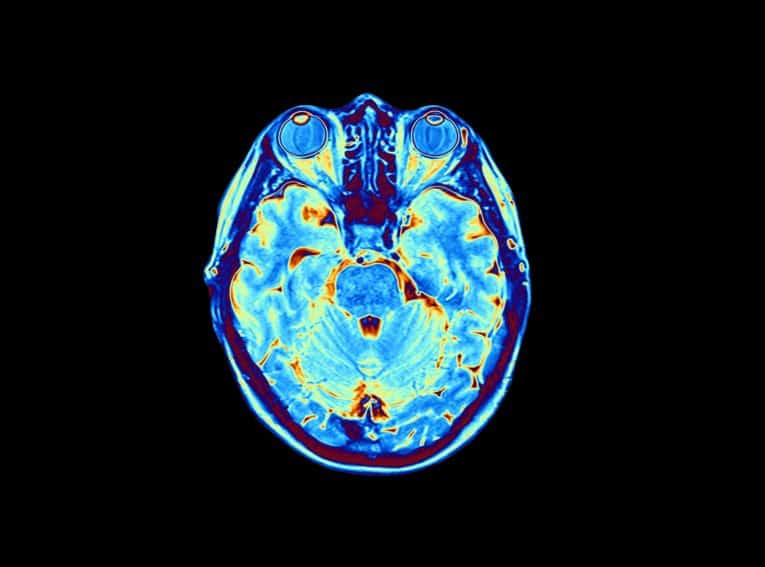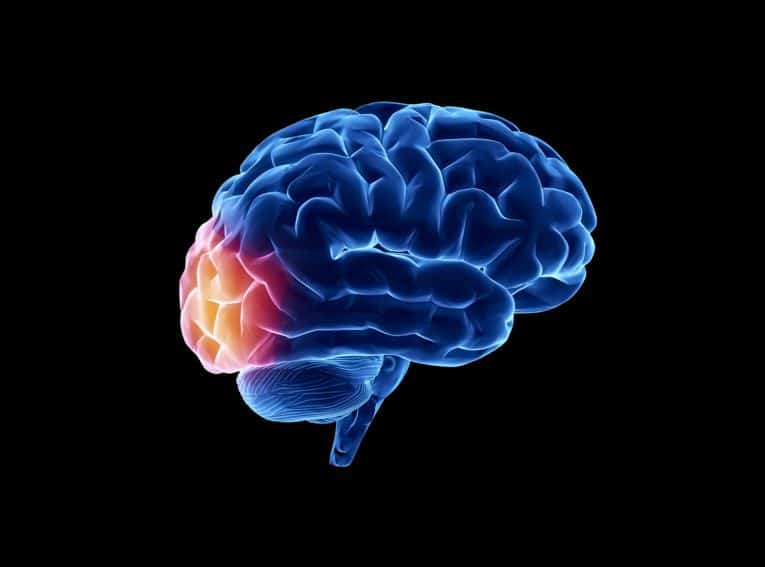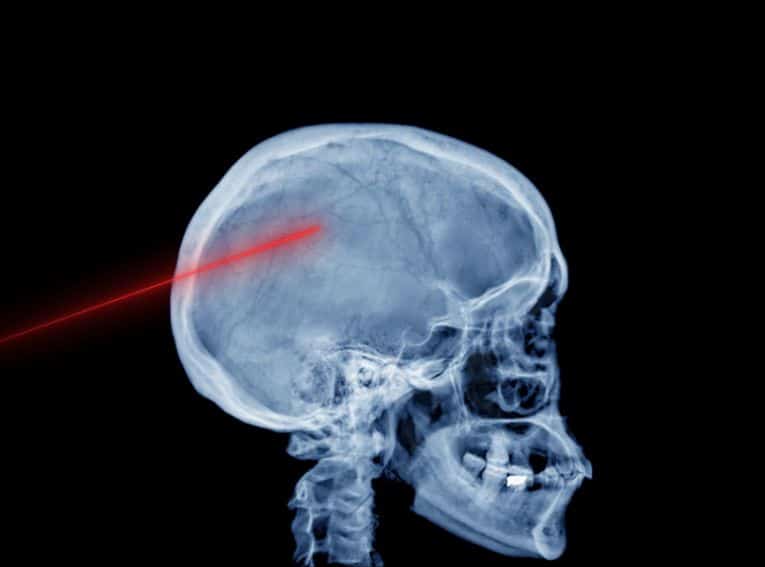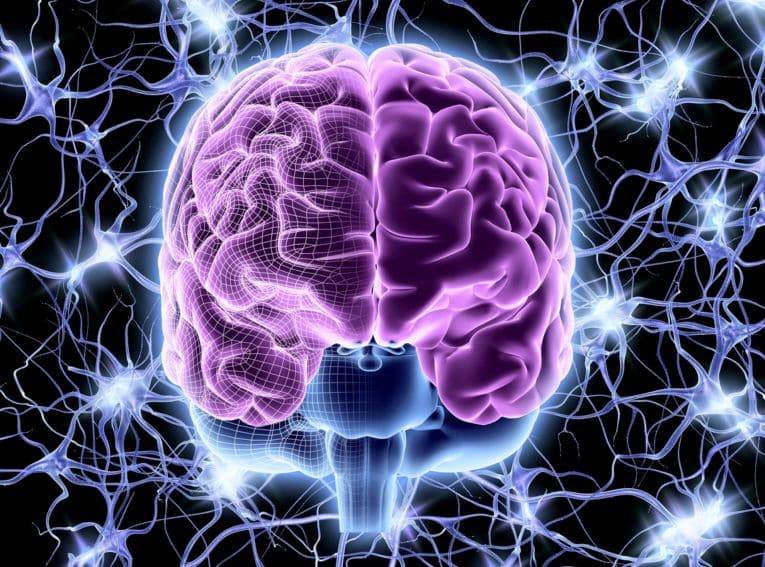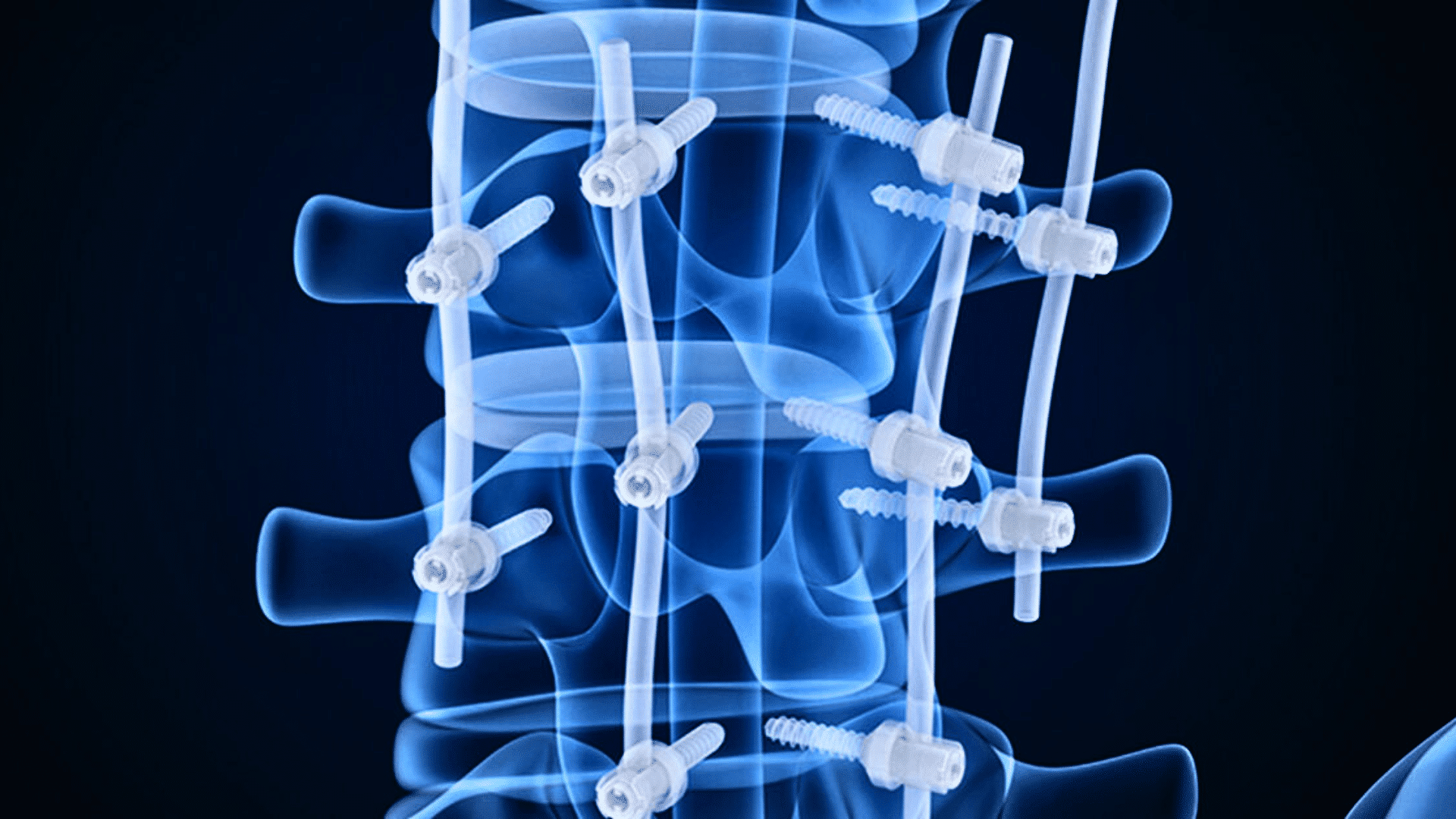
Procedures We Perform
Posterior Lumbar Fusion
Posterior lumbar fusion, also known as arthrodesis, is a surgical procedure performed to join two or more of the lumbar vertebrae (the small bones of the lower back) into one solid bone. This operation is designed to stop mechanical pain, the pain associated with the movement of the affected bones that results in inflammation of the discs and joints. During this surgery, a bone graft is inserted along the side of the vertebrae which will eventually help the bones grow together. The procedure is called a posterior fusion because the surgeon works on the back of the spine.
Reasons for Posterior Lumbar Fusion
Posterior lumbar fusion is commonly performed to treat a variety of spinal conditions affecting the lower back, including:
- Spondylolisthesis
- Spinal fractures
- Tumors
- Infections
- Scoliosis
- Degenerative disc disease
- Radicular pain (down the buttock and thigh)
Other surgical procedures are frequently performed along with lumbar fusion, such as removing bone spurs or repairing herniated discs.
The Posterior Lumbar Fusion Procedure
During the procedure, performed under general anesthesia, the patient is usually face down on a special operating table. This position not only provides the surgeon with room to operate and increases comfort for the patient, but also lessens the patient’s blood loss.
An incision is made in the middle of the lower back to expose the spinal column, and part of the lamina, the bony covering of the spinal canal, is removed. The surgeon also removes any disc fragments or bone spurs impinging on the nerves, and prepares the patient for the fusion by shaving off a layer of bone from the back of the affected vertebrae. This resulting cut surface is receptive to the bone graft that will be attached.
Because the primary goal of a posterior lumbar fusion is to eliminate the mechanical pain and inflammation associated with vertebral movement, the operation basically consists of a type of welding, in which the bone graft, taken either from the patient’s own hip (autograft), harvested from a cadaver (allograft) or manufactured (synthetic), is used to stimulate bone growth. Most often, the graft is fixed in place using a combination of screws, rods and plates to keep the vertebrae from moving. Held in place this way, the tissues have a higher success rate of growing together completely and permanently.
Recovery from Posterior Lumber Fusion
Recovery from this surgery takes from 1 to 3 months during which the patient normally undergoes physical rehabilitation and must avoid heavy lifting, bending and twisting.
Welcome to the office of neurosurgeon Dr. Vikas Rao, where your health comes first. Below are some of the neurosurgical treatments that we offer in Mission Viejo, CA:
Contact us today
Your concerns are important to us, and we want to make sure all of your questions are answered so you understand your options. Please contact our office with any questions, and our team will be happy to assist you.
Give us a call
We're open to serve
Book an appointment
Our doctor and staff are devoted to our patients. Please fill out the form below with any questions or to schedule an appointment and our team will get back to you within 24 to 48 hours.
